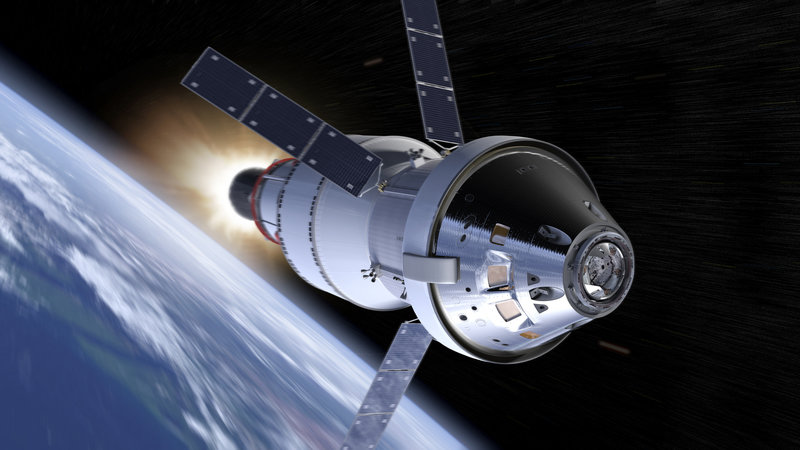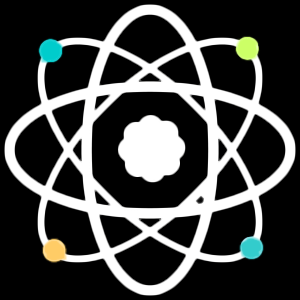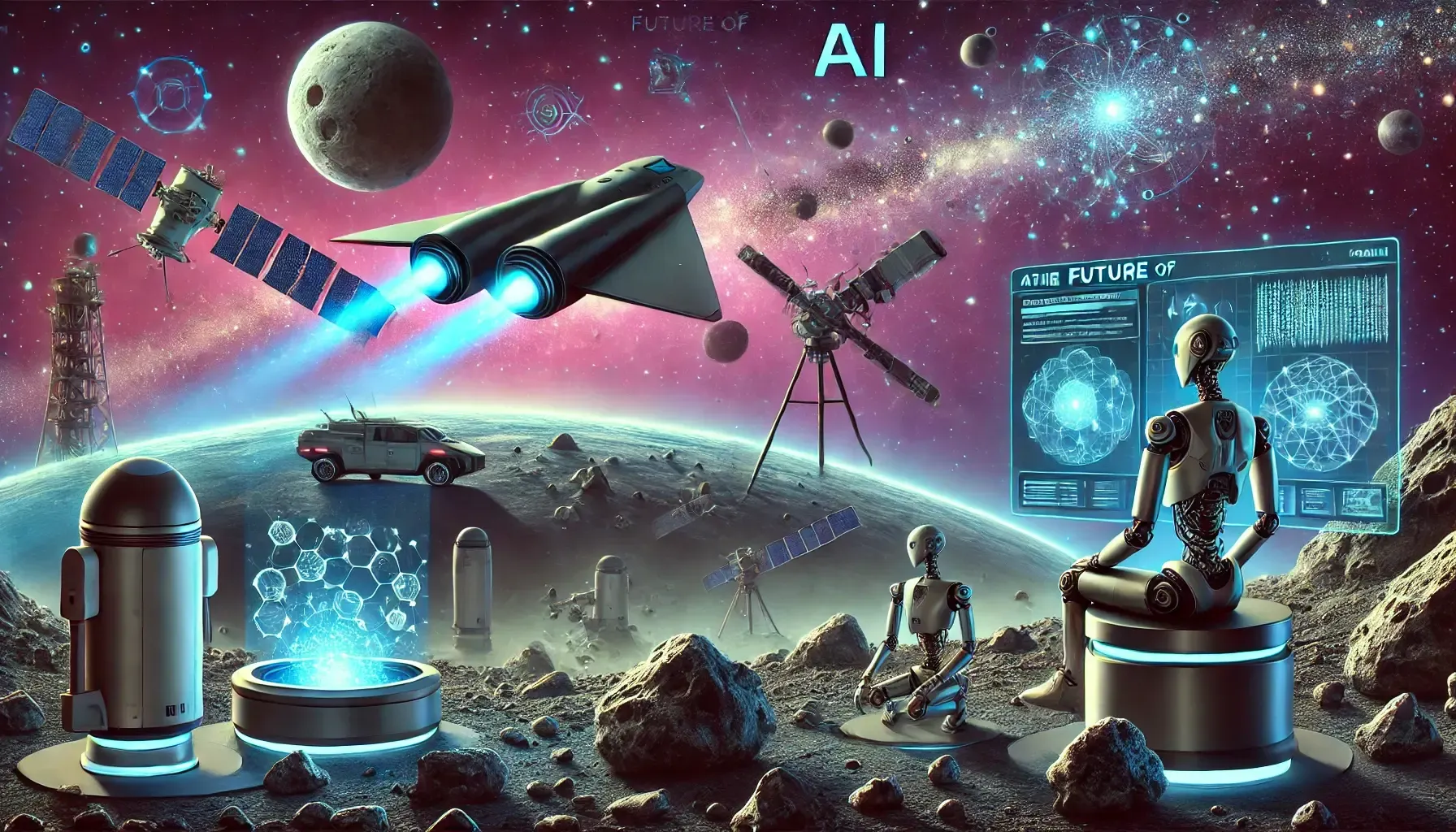The part of role of AI in space science and exploration is extending at a phenomenal rate. Counterfeit Insights (AI) is no longer a cutting edge concept — it’s presently a viable and fundamental instrument utilized in a few of the most driven space missions ever embraced. From optimizing adj. operations to empower independent meanderers on removed planets, AI is changing the way we investigate the cosmos.
In this article, we’ll investigate how AI is coordinated into different angles of space investigation and science, its applications, benefits, challenges, and its promising future.
1. AI in Space Missions: An Overview
Space missions, by nature, include complex, high-risk operations with constrained real-time mediation. AI makes a difference bridge this hole by permitting shuttle and rebelliousness to work independently, make real-time choices, and react to energetic situations without holding up for human input from Earth.
NASA, the European Space Office (ESA), and private players like SpaceX and Blue Beginning are progressively depending on AI to streamline everything from mission arranging to shuttle navigation.
Key Applications:
- Autonomous shuttle control
- Real-time framework monitoring
- Failure location and response
- Predictive maintenance
These AI applications diminish human workload, lower mission costs, and increment security and reliability.
2. AI and Mechanical technology in Space Exploration

The core of cleverly automated systems used in space missions is artificial intelligence (AI). From Damages wanderers to mechanical arms on the Universal Space Station (ISS), AI empowers these machines to work with negligible human guidance.
Mars Rovers:
NASA’s Diligence and Interest meanderers are great cases of AI-powered frameworks. They utilize machine learning to explore unpleasant Martian territory, maintain a strategic distance from deterrents, and select shake tests for ponder — all without human intervention.
Robotic Arms:
AI calculations permit mechanical arms on the ISS to capture cargo ships, perform repairs, and help space explorers, illustrating exact coordination and shrewd decision-making.
3. AI in Lackey Information Analysis
Satellites create tremendous sums of information — from climate designs to communication signals. Analyzing this information physically is time-consuming and inclined to blunders. AI makes a difference in computerizing and quickening this process.
Use Cases:
- Earth perception: AI is utilized to distinguish deforestation, track fierce blazes, screen urban improvement, and foresee characteristic disasters.
- Astronomical perceptions: AI forms pictures and readings from telescopes, making a difference researchers identify exoplanets, dark gaps, and infinite occasions quicker and more accurately.
Machine learning models can classify firmament bodies, distinguish designs, and indeed find modern systems by checking tremendous datasets from telescopes like Hubble and James Webb.
4. Profound Learning in Astronomy
In space science, deep learning, a kind of machine learning, has established a strong and respectable foundation.`It makes a difference cosmologists make sense of the colossal and complex datasets created by telescopes and space probes.
Benefits of Profound Learning:
- Enhanced picture acknowledgment for mapping stars and galaxies
- Space object classification, including comets, pulsars, and space rocks
- Predictive models for star arrangement and infinite evolution
AI moreover plays a vital part in gravitational wave discovery and radio flag investigation, making a difference researchers decode signals from space that may uncover unused material science or outsider life.
5. Independent Route and Shuttle Decision-Making
One of the most basic parts of AI in space science is the independent route. Shuttle working distant from Soil — such as those traveling to the external planets or profound space — require exploration, maintain a strategic distance from impediments, and alter ways without real-time human support.
Example:
NASA’s Profound Space 1 mission was an early adopter of independent AI. It utilized an AI framework called Inaccessible Specialist, which permitted the shuttle to self-monitor and reconfigure frameworks in case of failures.
Modern shuttle utilize comparative advances to:
- Correct trajectories
- Avoid collisions with debris
- Perform secure landings
- Optimize fuel consumption
6. AI and Space Telescopes
AI improves the usefulness of present day space telescopes by making a difference to oversee information collection and transmission. Telescopes like the James Webb Space Telescope and Euclid deliver terabytes of crude data.
AI Applications:
- Filtering commotion and artifacts from images
- Prioritizing curiously ethereal targets
- Identifying inconsistencies for assist study
- Speeding up disclosure of uncommon infinite phenomena
Instruments fueled by AI permit for quicker turnaround times between perception and discovery.
7. AI in Astrobiology and Look for Extraterrestrial Life
One of the most energizing applications of AI in space science is in astrobiology — the look for life past Earth.
AI models are prepared to:
- Detect biosignatures in planetary atmospheres
- Analyze ghostly information for chemical compositions
- Simulate situations on exoplanets
- Identify promising candidates for habitability
In 2020, analysts utilized AI to analyze Kepler Space Telescope information and found exoplanets missed by human researchers. This demonstrates how AI can identify subtle designs that are frequently missed.
8. Challenges in Actualizing AI in Space

While the benefits are critical, the integration of AI in space missions is not without challenges.
Key Limitations:
- Hardware limitations: Shuttle has constrained preparing control and vitality supplies, restricting the AI capabilities they can support.
- Data idleness: AI must regularly work in real-time due to the long communication delays between Soil and deep-space probes.
- Unpredictable situations: AI frameworks must be vigorous against extraordinary and untested conditions in space.
- Security dangers: AI frameworks can be defenseless to cyberattacks or program disappointments, which can jeopardize whole missions.
Despite these impediments, space offices proceed to create more dependable, productive AI frameworks custom fitted to the interesting requests of space.
9. The Future of AI in Space Exploration
The future looks unimaginably promising for AI in space science and investigation. As AI calculations develop more capable and space-grade equipment moves forward, we can indeed anticipate more independence and effectiveness in missions.
What Lies Ahead:
- AI-powered interstellar tests that explore space independently
- AI researchers that define speculations and run tests on other planets
- Computerized life-support system damage and smart dwelling areas on the moon
- Collaborative human-AI teams for long-duration missions
Additionally, private space corporations are investing in AI for autonomous shuttles, cost-effective dispatches, and the safety of space tourism.
Read More:- How Does SpaceX Make Rockets Reusable
Conclusion
The role of AI in space science and exploration is nothing short of progressive. From robotizing repetitive information investigation to guiding shuttle billions of kilometers from Soil, fake insights are forming a more astute, quicker, and more secure future for space travel.
As we stand on the brink of an unused space age, AI is the key that will open the riddles of the universe — from investigating Damages to wandering past our sun powered framework. For researchers, engineers, and visionaries alike, the combination of space science and AI opens boundless conceivable outcomes.

